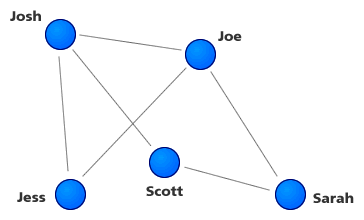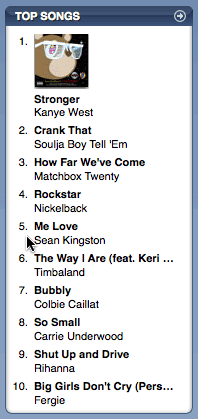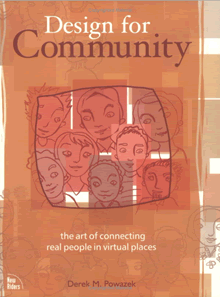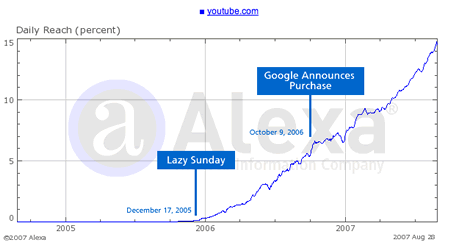September 17th
Interesting Social Feature: The Yelp Elite Squad
What’s the most interesting way you’re promoting your web site or application? Have you considered throwing a real-life party for it?
That’s what Yelp.com is doing. A San Francisco-based review site, Yelp has been throwing parties for users of the site they call the “Yelp Elite” in various cities across the country in order to build up buzz.

At first, these parties seem a bit silly (see the Yelp Blog for post-party details). Hosting a party around a site on which you read reviews? Doesn’t sound too exciting. It’s certainly not as compelling as the eBay Live! event, which is put on for people who use the auction site. Those people are definitely motivated to attend, eBay is how they make a living.
But looking more closely at Yelp’s parties we can see a tactical reason why they might be doing this: they need to as a result of the nature of their site.
Continue Reading: Interesting Social Feature: The Yelp Elite Squad





